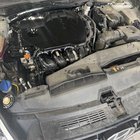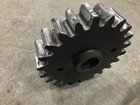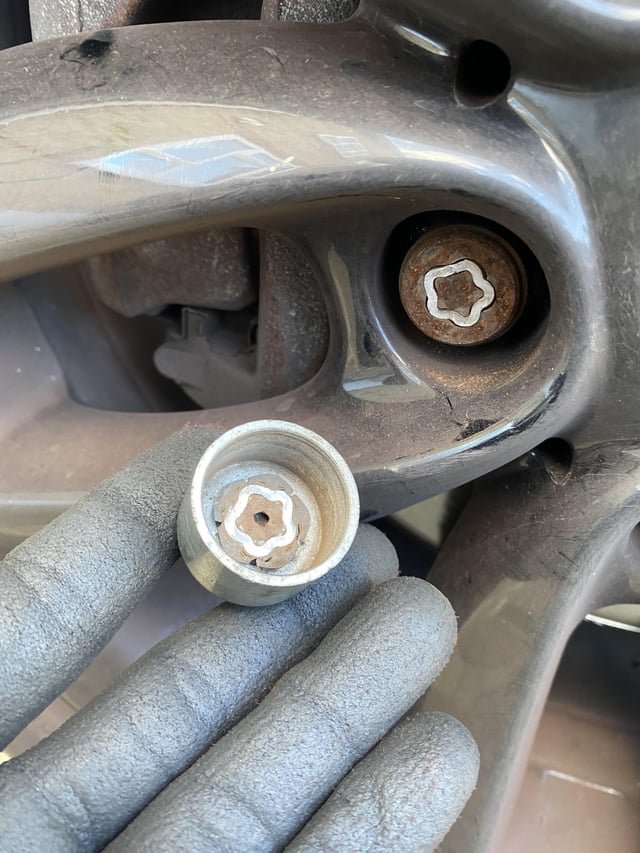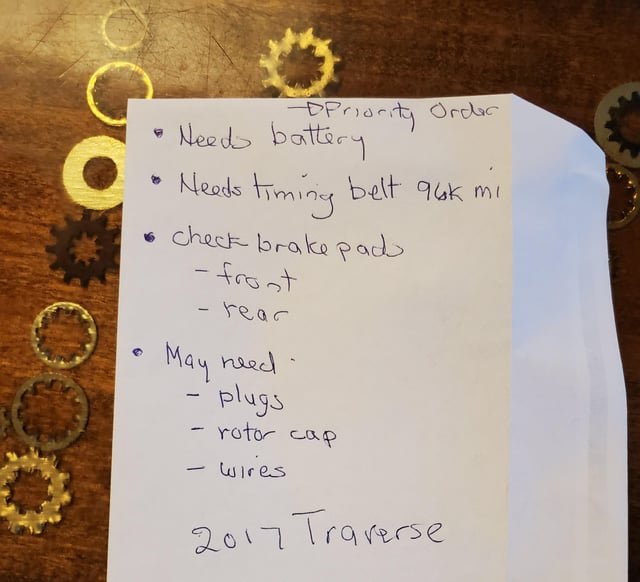“Rather than bring a V90, for example, are we better to position [the XC60] in a slightly different way?”
Brand boss cites limited room in product strategy, plus limited resources, as incentivising sales of more popular SUVs
Volvo is preparing for a future without traditional estate cars but believes it is already launching models that offer the same qualities.
The evolution of its saloon vehicles into hatchbacks like the ES90 and the rise of popularity of SUVs means that Volvo believes it can still cater for buyers that may have traditionally bought the likes of the V60 and V90.
It has found success with SUVs like the XC60 and XC90 over recent years, and now Volvo has morphed its saloon offering into a high-riding spacious hatchback with the launch of the ES90. While the ES90 is nominally a saloon-style vehicle at first glance it rides higher with more ground clearance and adopts a sleeker roofline for better aero as well as a hatchback and estate-style 40:20:40 split rear seats.
When asked if Volvo could have a future without SUVs, CEO Jim Rowan said: “Yeah, because I think it’s changed, right? SUVs have changed with ride height. One of the things that changed over the years is the decision makers of buying a Volvo car over-indexes to women because they like a higher ride height.
“Then with our saloons, with the ES90 you’ll see we’ve brought the ride height up rather than down. You get so much room in an EV car. You don’t have an engine, so you can push the cabin forward and get a lot of boot space.”
A commitment in principle from Rowan to the ‘8×8’ strategy for its long-term range of new electric vehicles, which sees eight Volvo models launched over an eight-year cycle with a heavy update halfway through a car’s lifecycle, doesn’t leave any obvious product space for an estate model either. Indeed, he said it could end up being a 7×7 strategy, with seven models instead, which leaves even less room for niche models.
With a future electric range of EX30, EC40, EX40, EX60 (which will launch in 2026), ES90 and EX90 models, and the China-only EM90 model, already taking Volvo to seven models globally, the obvious only gap is for a smaller ES90-type vehicle named ES60 that could adopt a more estate-like body.
“It’s expensive to bring different models to the market, it’s expensive to keep those models in the market, and it’s expensive to launch them from a marketing point of view,” said Rowan on why Volvo couldn’t go and explore different niches.
Instead, he would try to broaden the scope of existing models. For example, Rowan said that the XC60’s role was expanded to fill that previously occupied by the V90.
“Rather than bring a V90, for example, are we better to position that car [the XC60] in a slightly different way? We have the Black Edition, we have the Cross Country edition. So we then now have different editions of the same base car. It’s much, much cheaper and much more cost effective for us to drive more volume through that same platform and that same form factor.
“We are a reasonably small company with limited resources. We’re making very conscious choices about where we want to play the game and where we’re differentiated.”
When asked about the impact tariffs were having on Volvo’s car production, Rowan said “it had become a lot more complex”.
“We’re lucky that we have manufacturing facilities in Europe, North America and China, so we have that and it gives us flexibility.”
Volvo is moving production of the EX30 from China to its plant in Ghent, Belgium in response to European tariffs on Chinese-made electric cars. For now, right-hand drive UK-spec EX30s will continue to come from China but that’s expected to change in the future.
The new ES90 will be built at its Chengdu, China factory initially, which Rowan said “does cut down the amount of markets we’re able to sell” the car in, including in Europe where it will attract 30% tariffs and particularly the USA where it would attract 112.5% tariffs. “So that takes that off the table,” he added, but he said “he does have capacity in Charleston” at Volvo’s North Carolina plant and ES90 production for the USA coming from there was an option.
“We can still sell it into some of the markets in South East Asia, Korea, the UK, Latin America. But it does cut down the amount of markets we can sell it in.”





